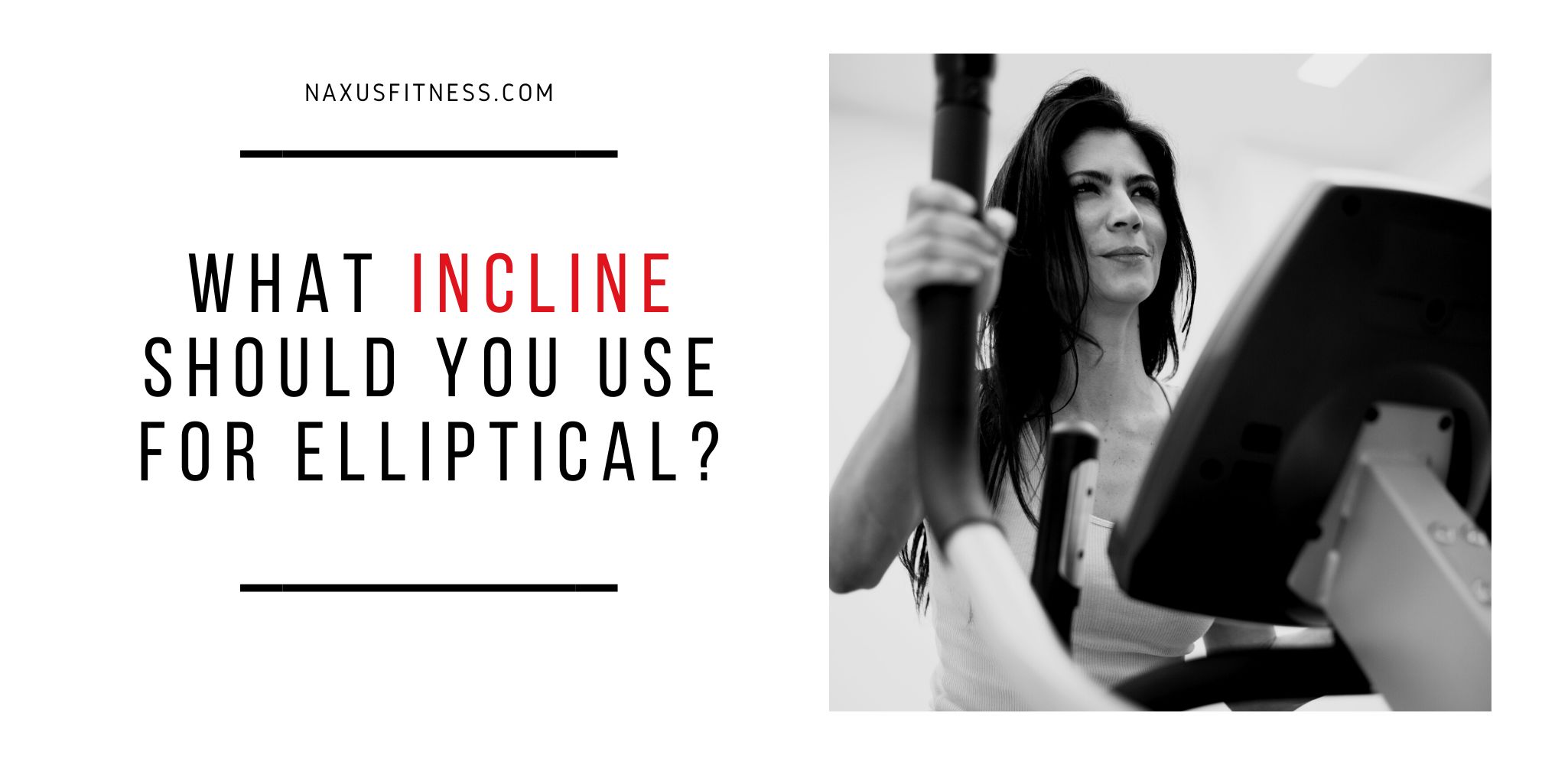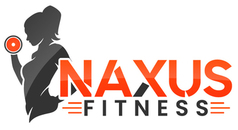What incline should you use for elliptical?

Introduction
If you’re like most people, you probably don’t give much thought to the incline on your elliptical trainer. However, the incline can actually have a big impact on your workout. In this blog post, we’ll discuss what incline you should use for elliptical.
There is no one definitive answer to this question. Ultimately, it depends on your fitness goals and how you feel on the elliptical. If you’re just starting out, we recommend using a low incline to get used to the motion. Once you’re comfortable, you can gradually increase the incline. If you’re looking to challenge yourself, try a higher incline.
The question of what incline should you use for elliptical is a common one, and there is no definitive answer. The best way to figure out what is best for you is to experiment with different settings and see what feels most comfortable and gives you the best workout.
Contents
Why an incline matters
The elliptical is a great way to get in a low-impact cardio workout, but you might be wondering what incline you should use. Here’s a quick guide to help you get the most out of your elliptical workout.
An incline on an elliptical can make a big difference in the intensity of your workout. If you’re looking to really get your heart rate up, then a higher incline is going to be better. If you’re just starting out or looking for a more gentle workout, then a lower incline is probably better for you.
In general, you want to start with a low incline and then gradually increase it as you get more comfortable with the elliptical. This will help you avoid any injuries and will also help you get the most out of your workout.
So, what incline should you use on your elliptical? It really depends on your fitness level and goals. But, a good rule of thumb is to start with a low incline and then gradually increase it as you go.
The different types of inclines
There are three types of inclines that you can use on an elliptical trainer: manual, motorized, and decline.
- The manual incline is the most basic and is usually only found on entry-level machines. It is adjusted by manually moving the front foot plates up or down.
- Motorized inclines are found on mid-priced and some high-end ellipticals. They are adjusted by pressing a button or turning a knob to raise or lower the front foot plates.
- Decline ellipticals are the most advanced and are typically only found on high-end machines. They have the ability to lower the rear foot plates, which gives you a more realistic walking or running experience.
What incline should you use?
The answer to this question depends on your fitness goals. If you are trying to lose weight, you will want to use a higher incline to help increase the number of calories you burn. If you are trying to increase your endurance, you will want to use a lower incline to mimic the motion of running or walking outdoors. Ultimately, it is up to you to experiment with the different inclines to see what works best for you.
How to choose the right incline
The first thing you need to do is find out what the range of inclines is for the elliptical you are using. Most ellipticals will have an incline range of 0% to 20%. If you are a beginner, it is best to start at a lower incline and gradually work your way up. A good rule of thumb is to start at an incline that is half of the maximum incline. So, if the maximum incline is 20%, you would start at 10%.
The benefits of using an incline
When you use an incline on an elliptical, you can target different muscle groups and get a more intense workout. You can also burn more calories by using an incline. Here are some things to keep in mind when you use an incline on an elliptical:
- The steeper the incline, the more challenging the workout.
- If you’re new to using an incline, start with a low setting and gradually increase the incline as you get more comfortable.
- Use an incline to target different muscle groups. For example, a higher incline will work your quads more, while a lower incline will work your glutes and hamstrings more.
- An incline can also make the elliptical more challenging for your heart and lungs, so if you’re looking for a cardio workout, be sure to increase the incline.
How to use an incline during your workout
If you’re new to the elliptical, you may be wondering what incline you should use. Here’s a quick guide to help you get started.
If you’re just starting out, it’s best to keep the incline low. This will help you get used to the motion and keep your heart rate down. As you get more comfortable, you can start to increase the incline.
A good rule of thumb is to start with a 1% incline and then increase it by 1% every minute. So, if you’re working out for 30 minutes, you would end up at a 30% incline.
Of course, you don’t have to follow this exact protocol. Listen to your body and adjust the incline as needed. If you start to feel like you’re struggling, back off the incline a bit.
If you’re looking to really challenge yourself, you can try interval training on the elliptical. This involves alternating between high and low inclines. For example, you might do 1 minute at a 5% incline followed by 1 minute at a 1% incline. Repeat this for the duration of your workout.
No matter what incline you choose, make sure you’re staying within your target heart rate zone. This will help you get the most out of your workout and avoid overtraining.
The dangers of using too much incline
If you’re new to the elliptical, you may be wondering what incline you should use. After all, the machine has a lot of options and it can be tempting to crank up the incline to get a better workout. However, using too much incline can actually be dangerous.
Here’s why: when you use a high incline, you’re putting a lot of stress on your knees and hips. This can lead to joint pain and, in some cases, injuries. Additionally, using too much incline can also cause you to lose your balance, which can lead to a fall.
So, what’s the best incline to use? Generally speaking, you should start with a low incline and gradually increase it as you get used to the elliptical. This will help you avoid injuries and stay safe while you’re working out.
How to change the incline on your elliptical
If you’re looking to change up your elliptical routine, one way to do so is by changing the incline. But what’s the best incline to use?
Well, that depends on your goals. If you’re trying to lose weight, you’ll want to use a higher incline to help you burn more calories. If you’re trying to improve your cardio fitness, a lower incline will be better.
So, experiment with different inclines and see what works best for you. And, as always, be sure to warm up and cool down properly before and after your elliptical workout.
The best incline for beginners
If you’re a beginner, start with a low incline and work your way up. A good rule of thumb is to start with an incline that’s about half of your age. So, if you’re 30 years old, start with a 15% incline. Remember, you can always increase the incline as you get more comfortable with the elliptical.
If you’re new to elliptical training, you might be wondering what incline you should use. A good rule of thumb is to start with an incline that’s about half of your age. So, if you’re 30 years old, start with a 15% incline. This will help you get a feel for the elliptical and avoid any injuries. As you get more comfortable, you can increase the incline.
The best incline for experienced elliptical users
If you’re an experienced elliptical user, you know that the best incline for an effective workout is between 10 and 15 degrees. This range of incline provides the most benefit for calorie burn, muscle toning, and cardiovascular health. Of course, you can always adjust the incline to find what works best for you and your fitness goals.
The incline you use will depend on your goals
If you’re trying to lose weight, you’ll want to use a higher incline to help you burn more calories. If you’re trying to improve your endurance, you’ll want to use a lower incline to help you build up your stamina. Ultimately, the best incline for you is the one that helps you reach your goals.
If you’re trying to lose weight, you should use a higher incline on your elliptical. This will help you burn more calories and reach your weight loss goals.
If you’re trying to improve your endurance, you should use a lower incline on your elliptical. This will help you build up your stamina and reach your endurance goals.
Ultimately, the best incline for you is the one that helps you reach your goals. So, if you’re trying to lose weight, use a higher incline. If you’re trying to improve your endurance, use a lower incline.
Experiment with different inclines and find the one that works best for you
Different people have different preferences when it comes to the incline on an elliptical trainer. Some people prefer a flatter, more natural motion, while others like to mix things up with a steeper incline. The best way to figure out what incline works best for you is to experiment. Try out different settings and see how your body feels. You might be surprised at how much of a difference a few degrees can make.






